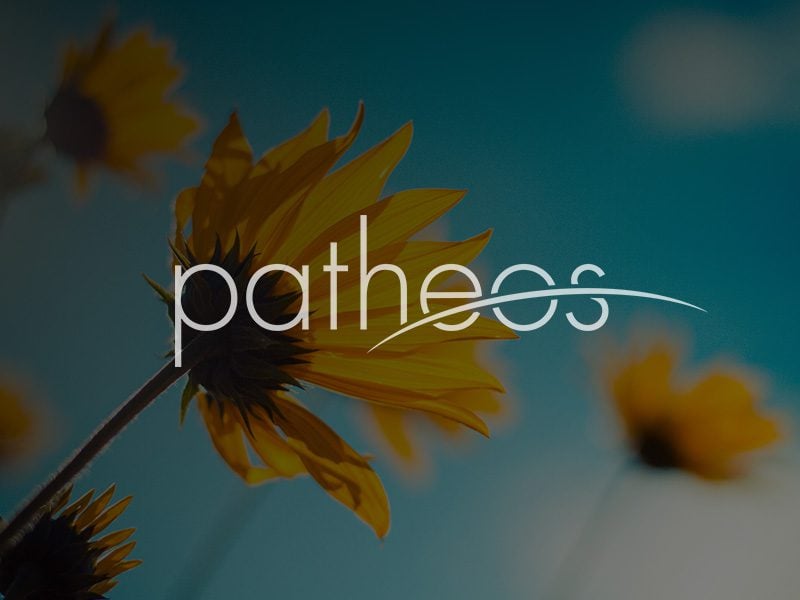The category of “myth” is arguably the most important for evaluating the Bible in the last few hundred years. The very earliest critics of the Bible employed the category of “myth” in evaluating the stories and histories recorded there. D. F. Strauss (Das Leben Jesu, 1835) employed the term for making sense of the life of Jesus, among the first to suggest that the gospels were not literal history.
Besides the difficulty in identifying and defining myth, the most important interpretive problem comes in trying to figure out how to understand the significance of myth. In sum, is myth a good thing or a bad thing? Basically, two different options emerged that dominated 19th c. biblical studies.
The first, the Enlightenment view, comes from Diderot, Voltaire, Paine, and others, who argued that myth is essentially useless, premodern accounts for how the world works. This view operated on a dichotomy between history and myth where one was fact and one was fiction. In the age of science and reason, myth is primitive superstition and should be discarded. With talking donkeys, burning bushes, and angels handing out gold plates, how can a modern person possibly accept such tall tales? Such a view is held by many popularizing atheists today.
The second view, the Romantic view, suggests that myth, while not literal history, it is not fiction either. Rather, it is an extremely important symbolic aspect of human experience. Myths are not premodern schlock, but express fundamental truths about life, humanity, and the world. Jesus’ healing miracles, for example, teach us about God’s love for the poor and the sick, and symbolizes healing the soul. The fall narrative tells the “truth” about gender relations and the imperfect state of humanity. Modern scholars of religion like Eliade have developed this view.
At the turn of the 20th c., Rudolf Bultmann’s demythologizing project attempted to find value in the Bible by interpreting the existential meaning of the myths in Scripture. This view combined both elements of the Enlightenment and Romantic views by arguing that the myths must be abandoned precisely because of the deeper, existential meaning.
The study of myth continued to be influential in Hebrew Bible scholarship, but mostly lost favor in NT scholarship with the repeated returns to the study of the historical Jesus. The most influential school of though is known as the Myth and Ritual school, a German movement which was closely related to the History of Religions school, both of which were conversation partners for Bultmann. This school took a sympathetic view of myth, adding a sympathetic view of ritual as further expression of great symbolic truths.
The Myth and Ritual school was related to the approach by Frazer, who had a functional view of myth. They added that rituals were expressions of these myths in the Ancient Near East, emphasizing creation myths and new years festivals. They also saw the Israelite monarchy as having a religious function as a stand-in for the divine. These scholars saw Yahweh as a dying and rising God. Though this school reached its zenith in the 1950’s and continue to be influential in some regards, Margaret Barker represents a revival of some of these themes, especially some of the more speculative. Such a view was also highly influential on Hugh Nibley who undertook a study of Myth and Ritual in his temple research.
So, with this very brief history of scholarship, I want to know what people think how such scholarship situates the history of Mormon scholarship as reflecting broader trends. Additionally, I want to know if these methods and approaches have any future in Mormon studies. In the second half of the 20th century, this rise of historicism and postmodernism have not only shifted the emphasis away from the study of myth vs. history, but cast doubt on much of the enterprise of the Myth and Ritual school. Yet, do the basic insights of the 19th Romantic evaluation of myth still hold a future for Mormon thinking?











